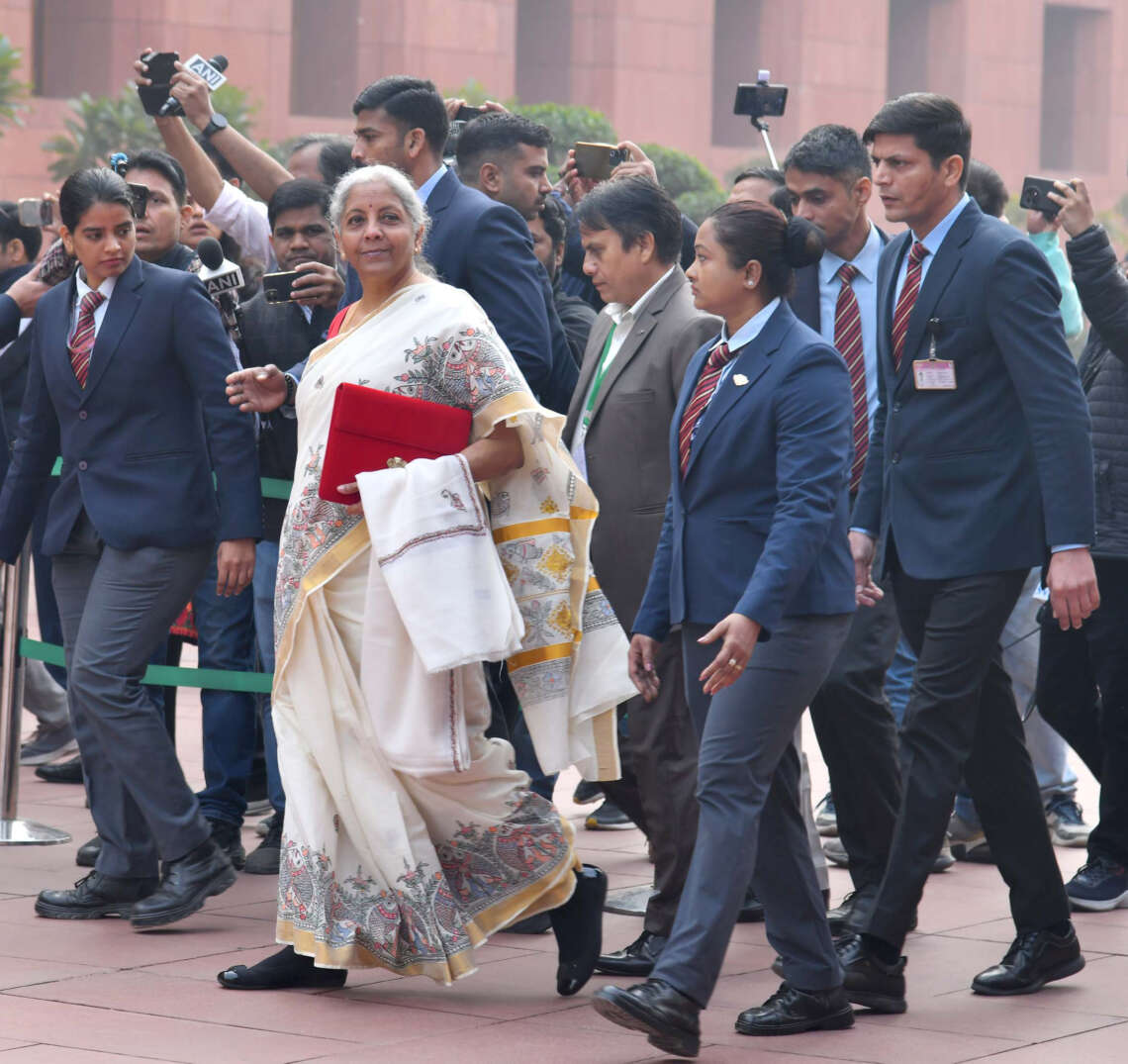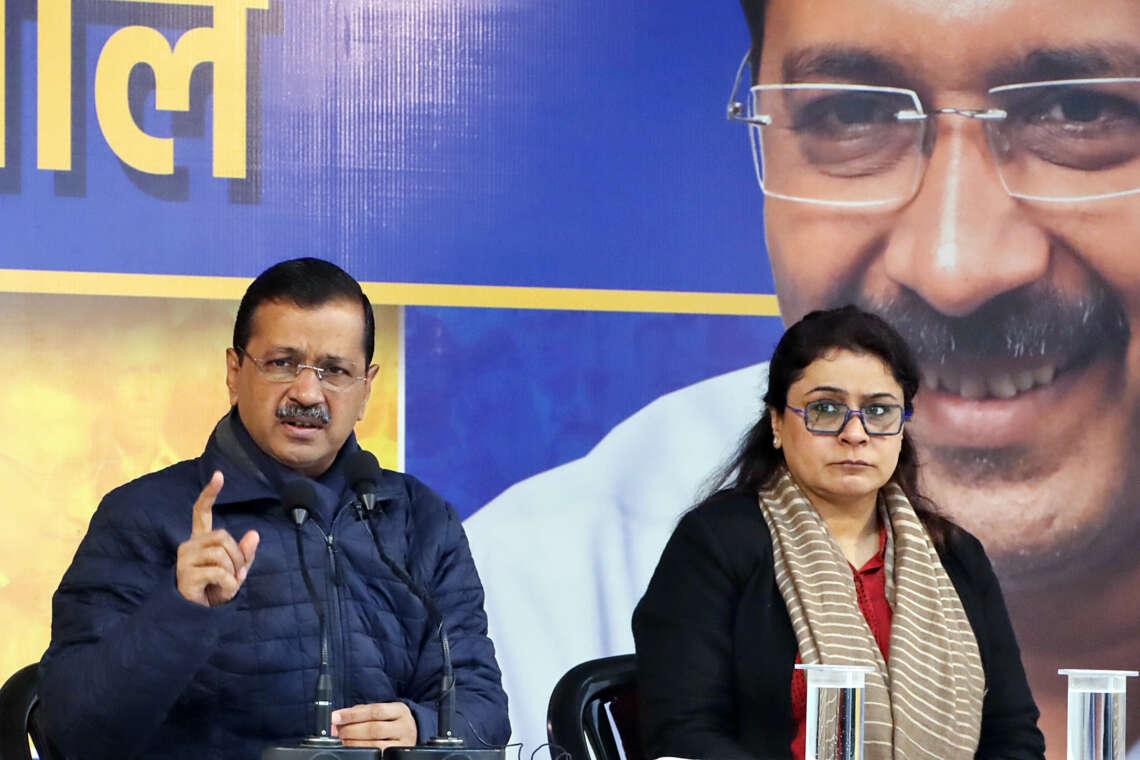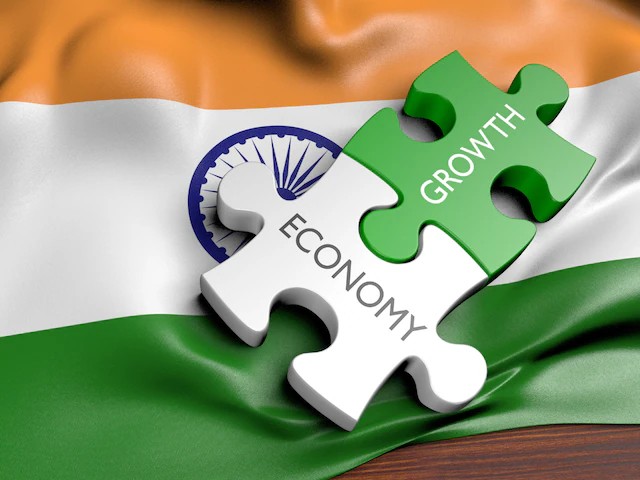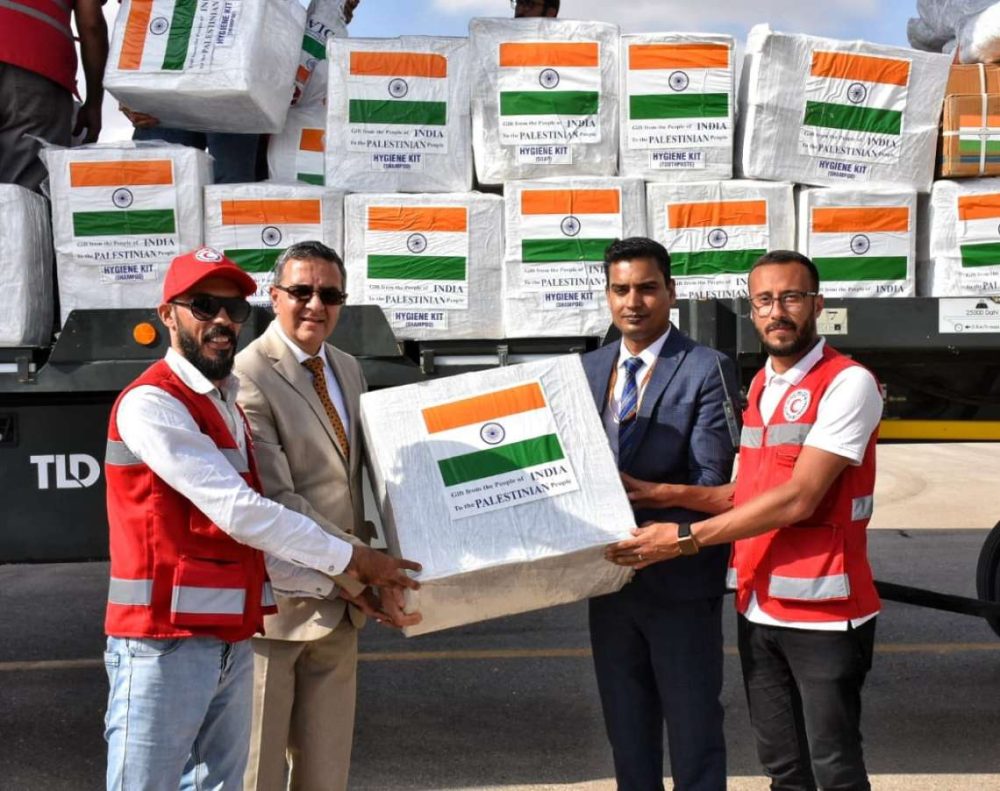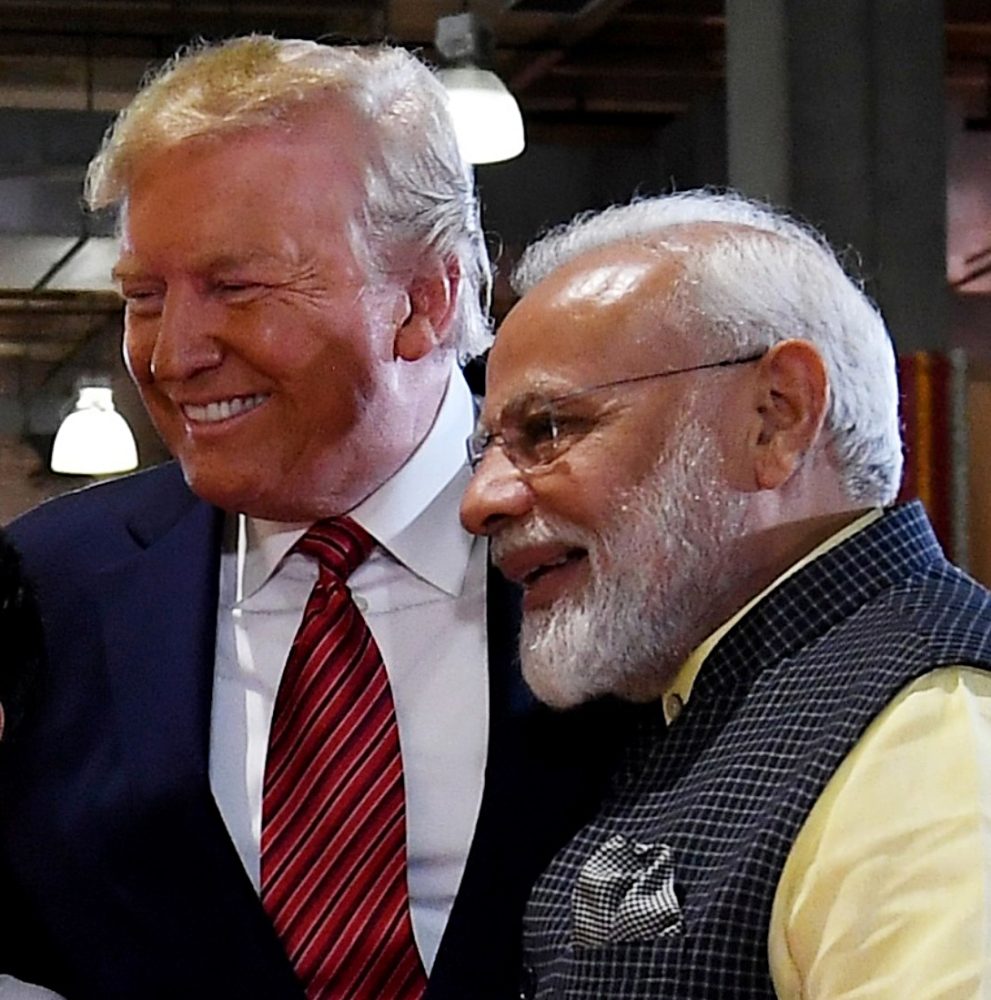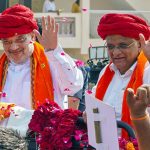At Rs 4,847.78 Cr, BJP has the highest assets among the top 7 parties, Bahujan Samaj Party a distant second with declared assets worth Rs 698.33 crore, reports Asian Lite News
The total assets declared by seven national and 44 regional parties during FY 2019-2020 amounted to Rs 6,988.57 crore and Rs 2,129.38 crore respectively, of which, the highest assets were declared by the Bharatiya Janata Party (BJP) at Rs 4,847.78 crore (69.37 per cent) among the national parties.
This was followed by the Bahujan Samaj Party (BSP), which declared assets worth Rs 698.33 crore (9.99 per cent) and Indian National Congress (INC) that declared assets worth Rs 588.16 crore (8.42 per cent), an analysis by the Association for Democratic Reforms (ADR) has found.
Among the 44 regional political parties, the top 10 parties declared assets worth Rs 2,028.715 crore or 95.27 per cent of the total assets declared by all the regional parties for the FY 2019-20.
The highest assets were declared by Samajwadi Party (SP) at Rs 563.47 crore (26.46 per cent), followed by Telangana Rashtra Samithi (TRS) worth Rs 301.47 crore and All India Anna Dravid Munnetra Kazhagam (AIADMK) worth Rs 267.61 crore.
Fixed Deposits / FDR constituted the largest share of Rs 1,639.51 crore (76.99 per cent) of the total assets declared by regional parties in the FY 2019-20, the analysis said.
“The national and the regional parties failed to adhere to the Institute of Chartered Accountants of India (ICAI) guidelines that direct parties to declare details of the financial institutions, banks or agencies from whom loans were taken. The guidelines specify that the parties should state the ‘terms of repayment of term loans’ on the basis of the due date such as a year, 1-5 years or payable after 5 years,” observed ADR analysts.
Details of fixed assets received as donations by the parties should be declared such as the original cost of the asset, any additions or deductions, depreciation is written off, cost of construction, etc. “The same should also be declared of fixed assets purchased by the political parties – not all political parties declared this information,” the analysis said.
None of the parties declared details of loans given by the parties in cash/ kind, especially if it constitutes more than 10 per cent of the total loans.
The assets declared by political parties fall under six major heads: Fixed assets, loans & advances, FDR/ deposits, TDS, Investments, and other assets.
Among the national parties, the BJP and BSP declared the highest assets under FDR/Fixed Deposits, Rs 3,253.00 crore and Rs 618.86 crore respectively while Congress declared the highest assets under FDR/Fixed Deposits, Rs 240.90 crore for the FY 2019-20.
Among the regional parties, the highest assets were declared under FDR/Fixed Deposits by SP (Rs 434.219 crore), TRS (Rs 256.01 crore), AIADMK (Rs 246.90 crore), DMK (Rs 162.425 crore), Shiv Sena (Rs 148.46 crore) and Biju Janata Dal, BJD (Rs 118.425 crore) among others, the ADR said in a release.
The total liabilities declared by the seven national and 44 regional political parties for the same duration amounted to Rs 134.93 crore. The national political parties declared the total liabilities of Rs 74.27 crore, Rs 4.26 crore under Borrowings and Rs 70.01 crore under Other Liabilities.
The Congress declared the highest total liabilities of Rs 49.55 crore (66.72 per cent) followed by All India Trinamool Congress (AITC) declaring Rs 11.32 crore (15.24 per cent). The regional political parties declared the total liabilities of Rs 60.66 crore, Rs 30.29 crore was declared under Borrowings and Rs 30.37 crore under Other Liabilities. Amongst them, the Telugu Desam Party (TDP) declared the highest total liabilities of Rs 30.342 crore (50.02 per cent) followed by DMK which declared Rs 8.05 crore (13.27 per cent).
The ICAI guidelines on auditing of political parties, which have been endorsed by the ECI in order to improve transparency in the finances of political parties, remain guidelines only and have not been actively taken up by the political parties as a mandatory procedure to disclose details of their income, the ADR said. It added, “These guidelines were meant to standardise the format of financial statements of parties apart from improving disclosure of income, expenditure, assets and liabilities of the unique association, political parties.”
Registered unrecognised political parties doubled in 2010-2021
The number of registered unrecognised political parties increased more than twice between 2010 and 2021 and disproportionately during the year of parliamentary elections, poll rights group Association for Democratic Reforms (ADR) said.
Either newly registered parties or those which have not secured enough percentage of votes in assembly or general elections to become a state party, or those which have never contested elections since being registered are considered unrecognised parties.
In a new report, the ADR said from 1112 parties in 2010, the number spiked to 2,301 in 2019 and now in 2021, the number rose to 2,858.
“It is important to note that the number of such parties increases disproportionately during the year of Parliamentary elections especially. Between 2018 and 2019, it increased by over 9.8 per cent while between 2013 and 2014, it increased by 18 per cent,” the report said.
The ADR said the annual audit reports of only 230 or 8.23 per cent registered unrecognised parties and the annual contribution reports of only 160 or 5.72 per cent of the total 2,796 registered unrecognised parties are available in the public domain for 2019-20.
Of the 889 registered unrecognised parties analysed belonging to five states going for polls in 2022, the annual audit reports are available on the state CEO websites for only 90 or 10.12 per cent of such parties belonging to Uttar Pradesh, Punjab and Uttarakhand while they are unavailable for the unrecognised parties of Manipur and Goa for 2019-20.
“The annual audit reports of 10.69 per cent or 82 out of 767 parties of UP, 9.09 per cent or 6 out of 66 parties of Punjab and 5.41 per cent or 2 parties of 37 parties of Uttarakhand are available in the public domain,” it said.
During 2019-20, only 25 of these 90 registered unrecognised parties submitted their audit reports without any delay, while the remaining 65 parties submitted their audit reports after the due date, with a delay ranging from 1 day to 318 days, the report said.
The 90 registered unrecognised parties of Uttar Pradesh, Uttarakhand and Punjab analysed in this report, whose audit reports are available, declared a total income of Rs 840.25 lakh while the total expenditure declared was Rs 876.76 lakh for 2019-20. During 2019-20, these unrecognised parties spent Rs 36.51 lakh more than their total income for that year.
The Jan Raajya Party of Uttar Pradesh declared the highest income of Rs 338.01 lakh while the total expenditure declared by the party was Rs 332.16 lakh for 2019-20.
Anarakshit Samaj Party and Apna Dal (Soneylal) of Uttar Pradesh declared the second (Rs 157.68 lakh) and the third-highest income (Rs 76.05 lakh) during this period, it said.
ALSO READ-Nadella, world’s top CEO, TikTok fastest growing brand




